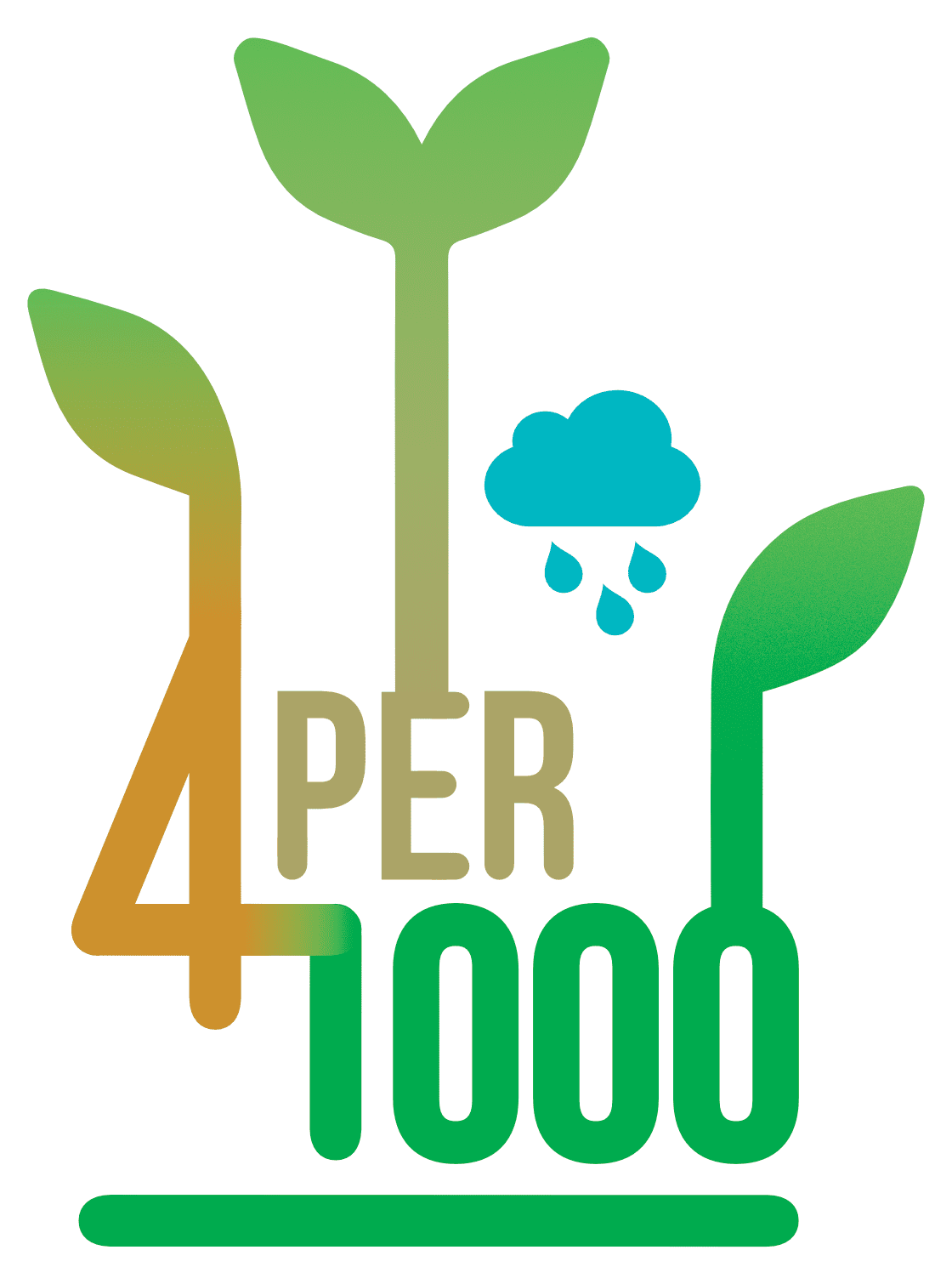Ariane Albers, Angel Avadí & Lorie Hamelin in Nature Scientific reports 12 – 01 July 2022
The 4p1000 initiative: Opportunities, limitations and challenges for implementing soil organic carbon sequestration…
Land-based CO2 removal demands changes in management or new suitable areas to sustainably grow additional biomass without reducing food supply or damaging natural ecosystems. The soil organic carbon (SOC) sequestration pathway is thought to transfer atmospheric CO2 into a land unit, through plants, plant residues and other organic solids stored as part of the soil organic matter. No previous study explored SOC sequestration potentials on global marginal land. Here we integrated, into a generalizable modelling framework, the mapping of a set of biophysical (climatic and edaphic) and land conservation constraints to (i) identify suitable matches (i.e. biophysically possible combinations) of target areas with plant species, and (ii) to quantify contributions of pairing to long-term SOC sequestration (2020–2100). The proposed framework represents a refinement to previous mapping exercises, which seldom consider biophysical constraints, soil erosion, plant species tolerances to pedoclimatic conditions, and world protected areas. The approach was tested on marginal lands featuring SOC-deficient stocks (≤ 50 Mg SOC ha−1 to 30 cm depth) at 30 arc-sec resolution, consolidated into world regions × global ecological zones based on geo-localised products. The framework was shown to enable better-informed decision-making on interventions at large geographical scales, revealing biophysically realistic options, while management should be determined locally.
